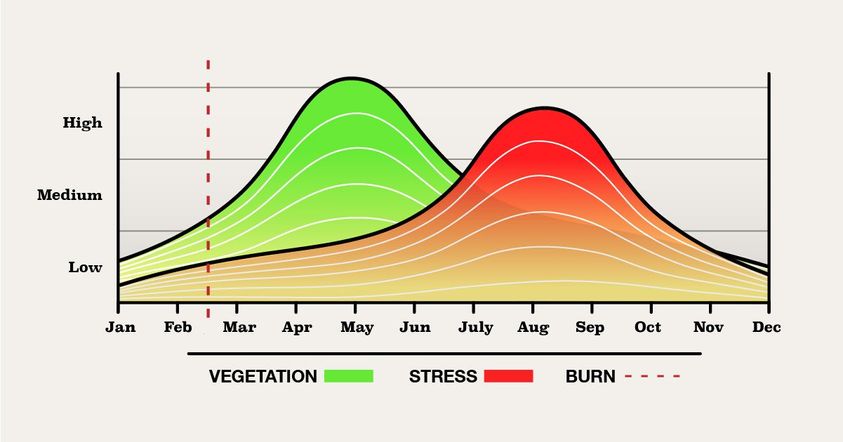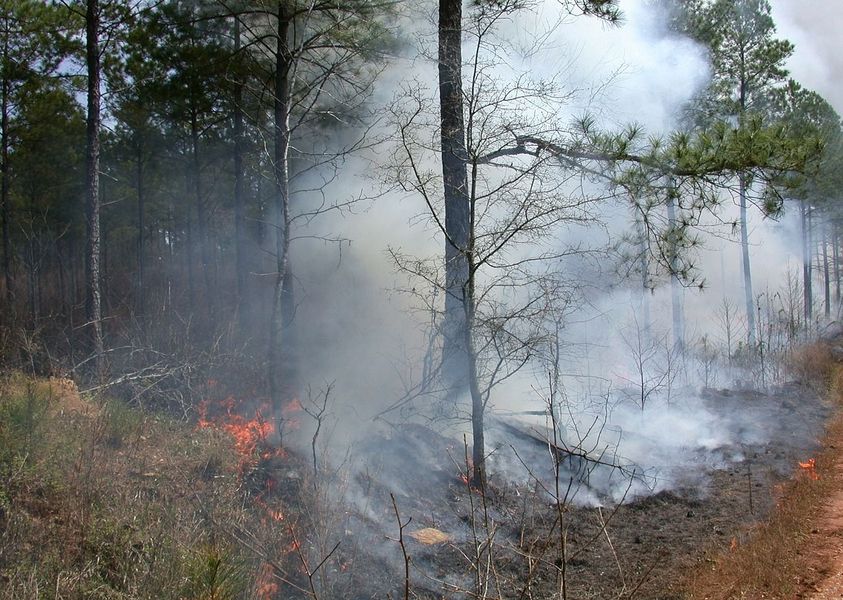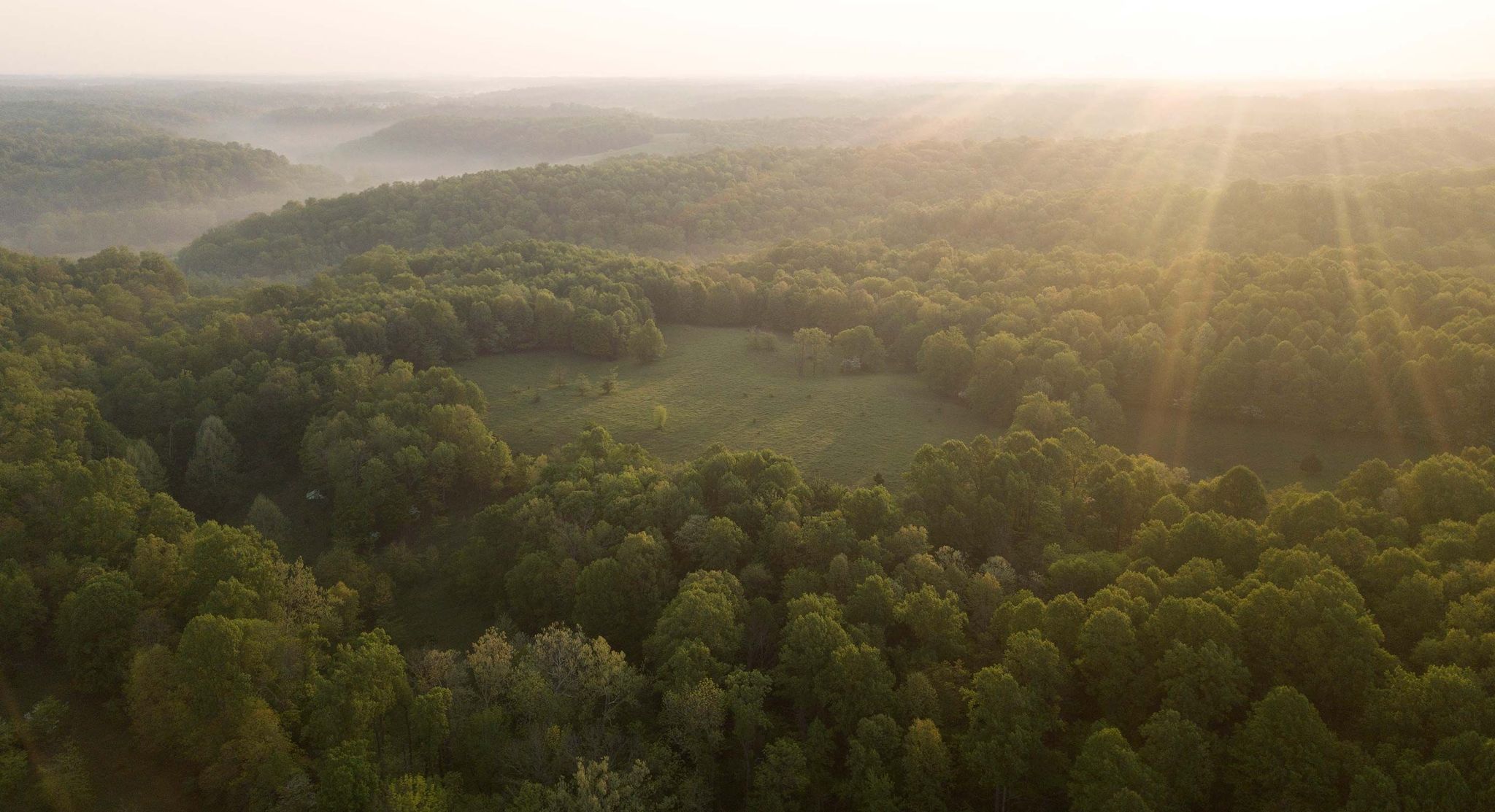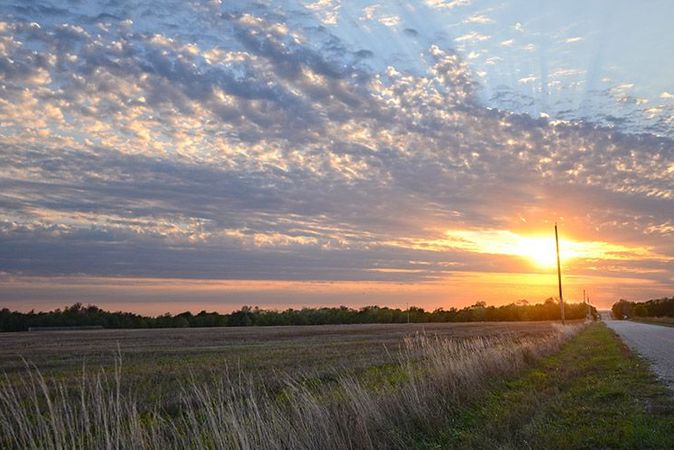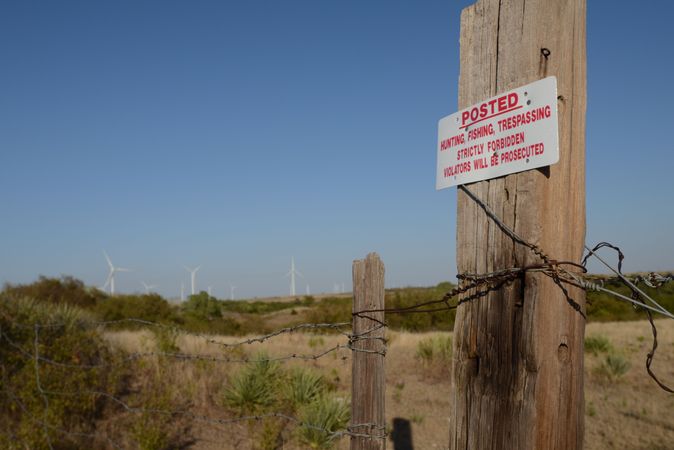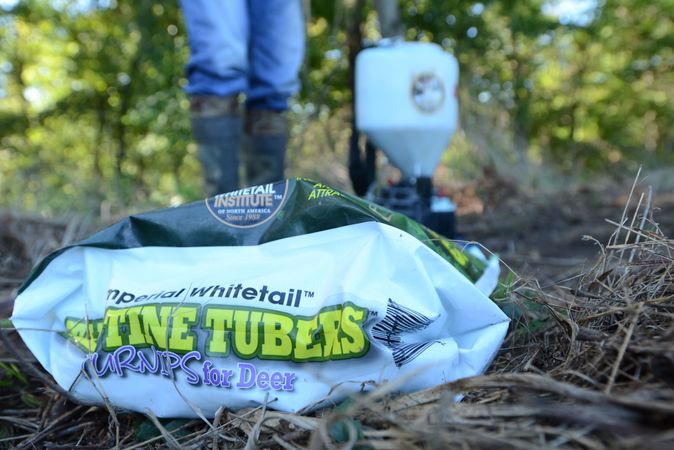**The information provided below is based on the research of Dr. Marcus Lashley, an assistant professor in the Department of Wildlife, Fisheries and Aquaculture at Mississippi State University. Quotes from Dr. Lashley were obtained from his seminar at the Quality Deer Management Association 2018 convention in New Orleans, Louisiana. To learn more, check out the podcast, Deer University, where Dr. Lashley and his colleagues talk about the benefits of prescribed burning and other conservation and hunting related matters.
A recent study by Dr. Marcus Lashley, an assistant professor in the Department of Wildlife, Fisheries and Aquaculture at Mississippi State University, shows that landowners and deer managers may be conducting controlled burns too early in the year. Since the time of the prescribed fire, the most popular times for a human to burn the woods in hopes of top-killing saplings and removing leaf litter is February through March. Nature, on the other hand, has been perennially torching the landscape with lightning around June or July, creating great forage for August and September, which, not coincidentally, are the months a whitetail deer feel the most stress.
“Really all we’re doing is rethinking the context of how and when vegetation is good for or attractive to deer,” Dr. Lashley said.
The spring is usually a low-stress time for whitetails. The pressure of deer season is over and food is abundant as plants, flowers, and trees begin to bloom. So, why do we stick to the dated modicum of burning late winter?
